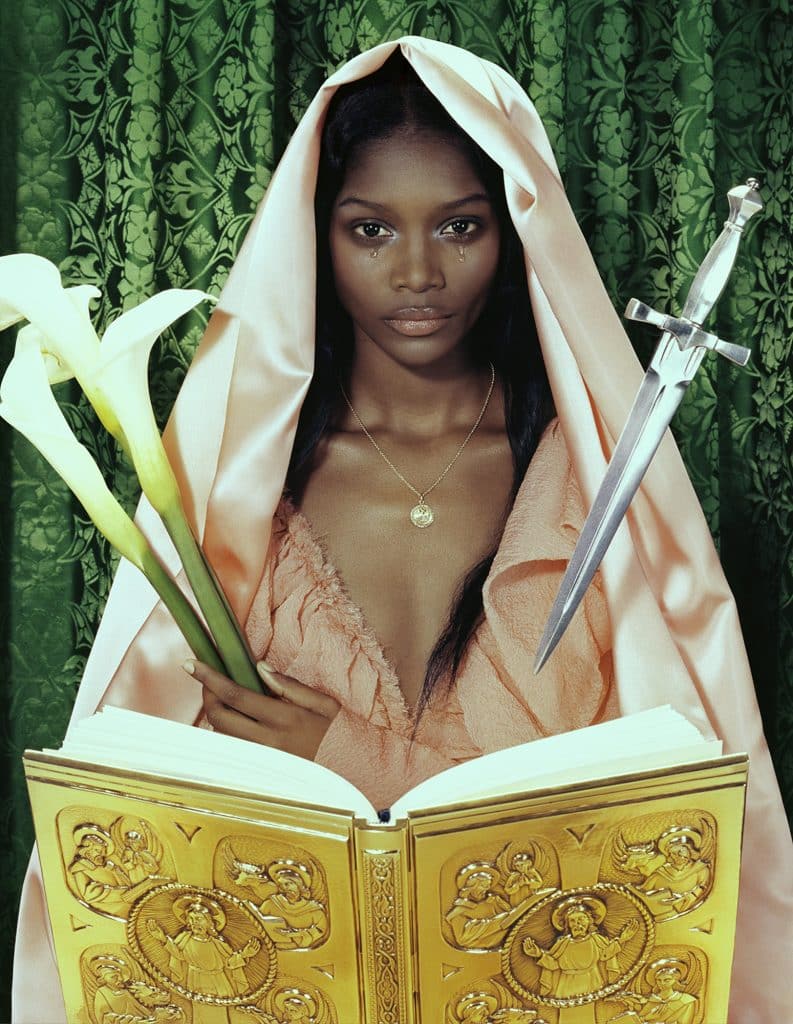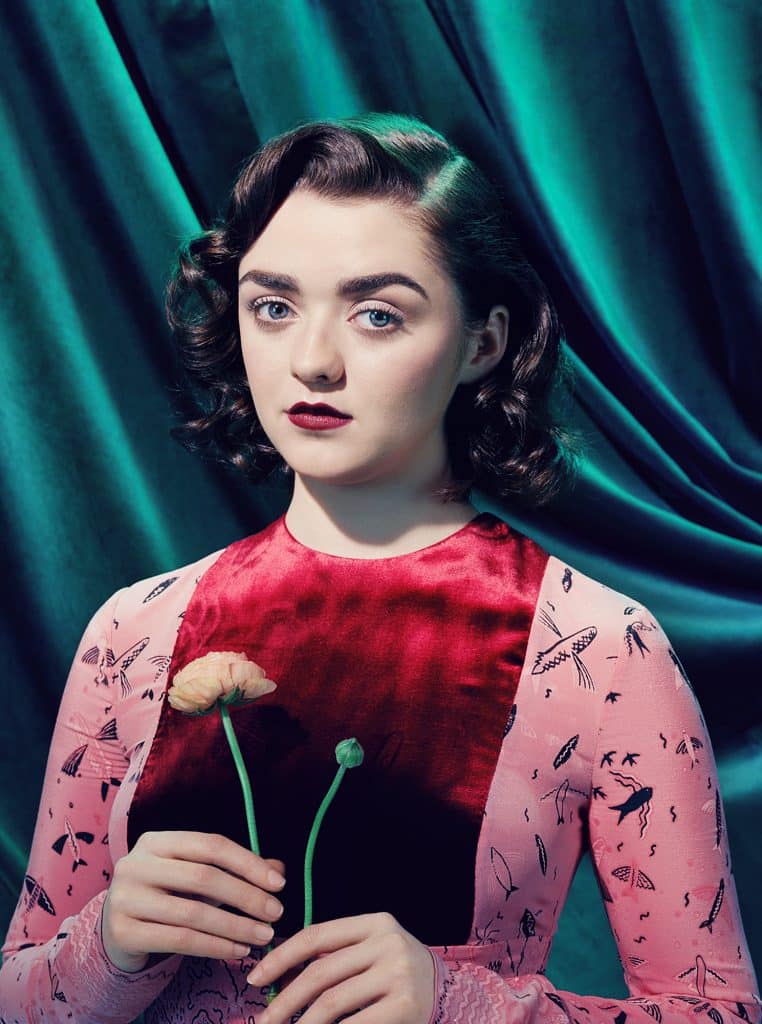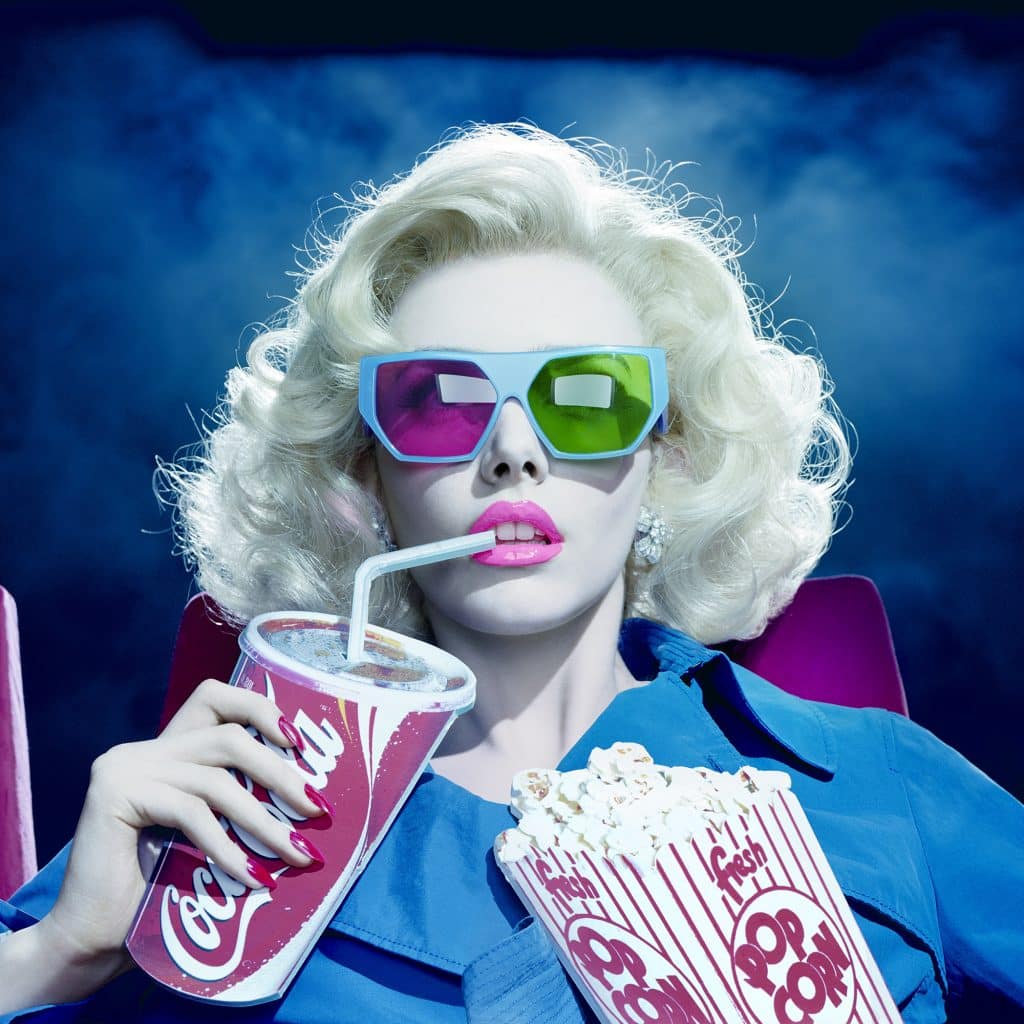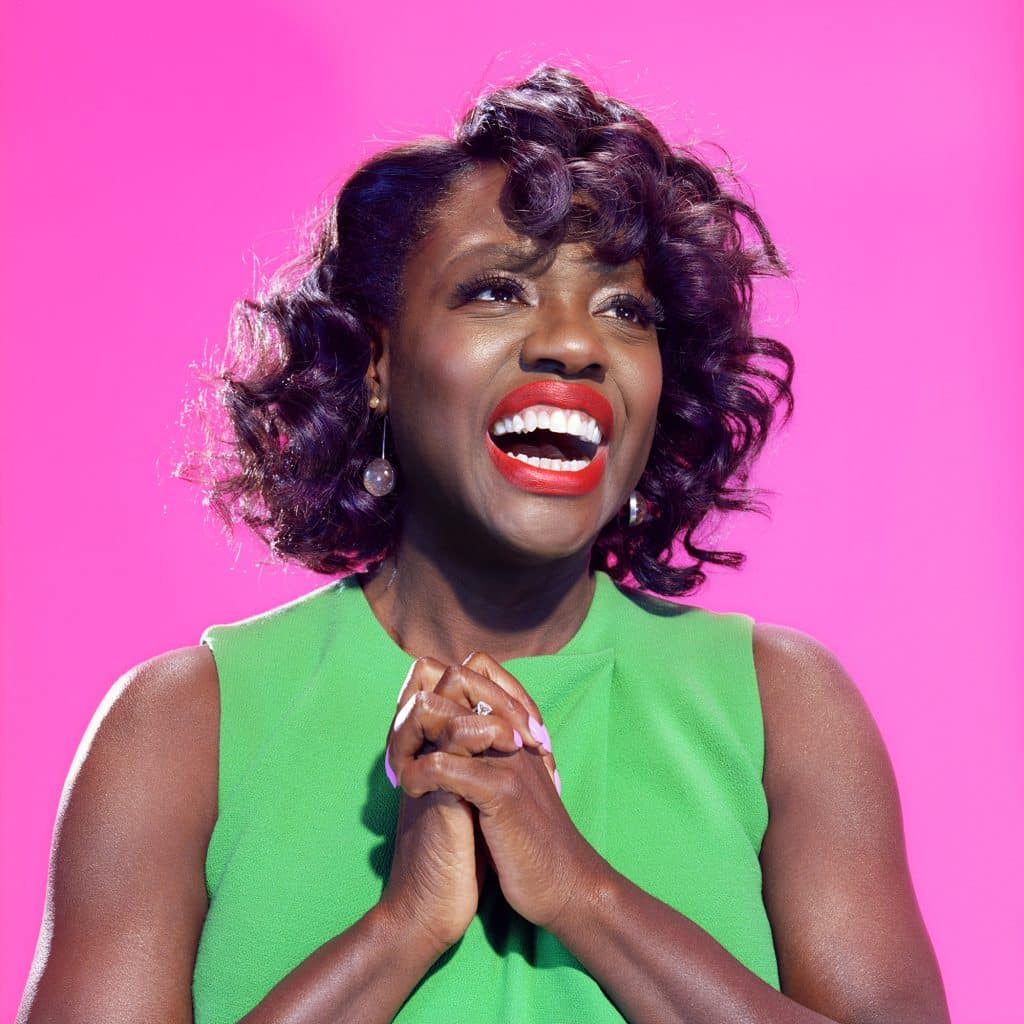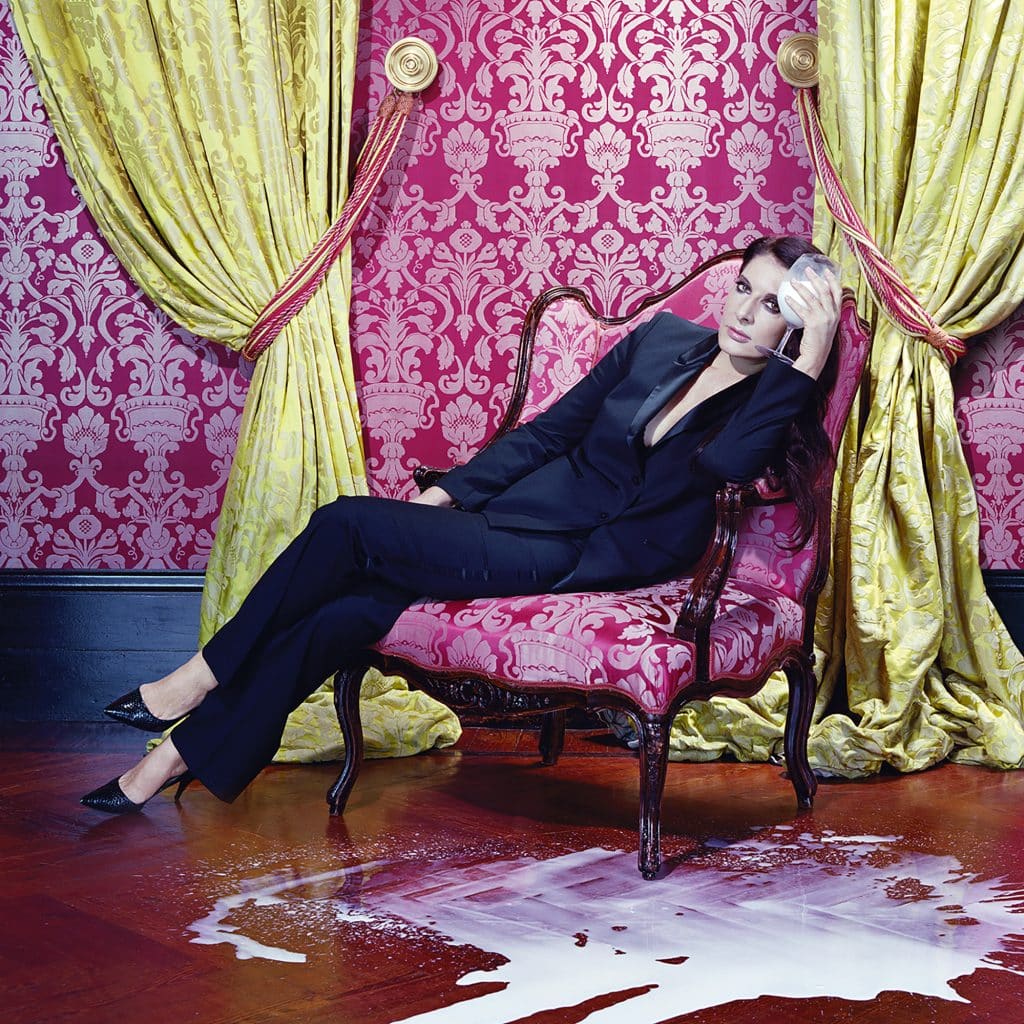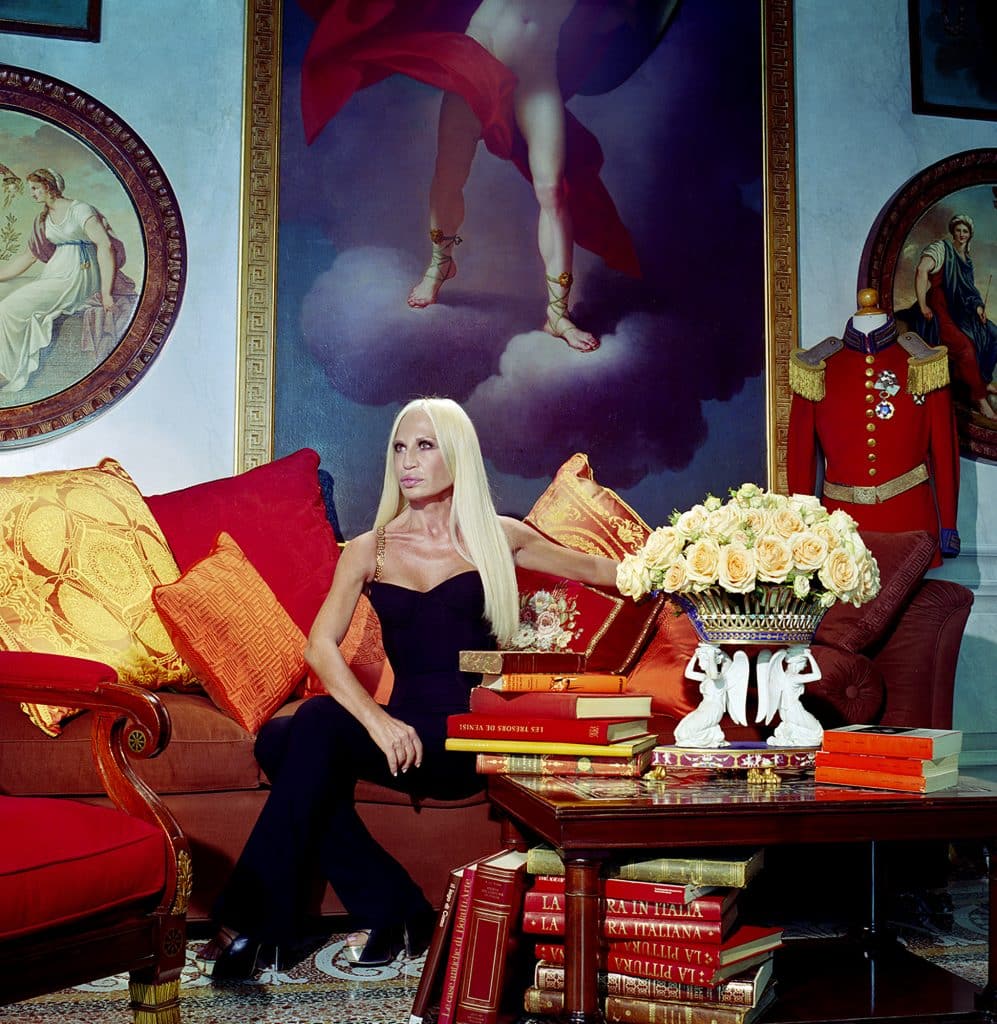Hailing from North London, photographer Miles Aldridge lived a charmed life as a young boy, his formative years spent within the inner circle that made the 1960s swing. His father, Alan Aldridge was an illustrator who got his start doing covers for Penguin Books before opening his own graphic design firm, INK, in the heart of Soho, where he worked with the Rolling Stones, the Beatles, the Who, and Elton John. “I grew up around my father’s psychedelic images and the rock and roll lifestyle of Swinging London,” Aldridge says. “My sister Saffron and I would go backstage at Elton John concerts and see the incredible pageantry from behind the scenes.”
But things fell apart when his parents divorced. “The family imploded,” he says. “I tried to put the pieces back together and of course they never do.” From the age of 10 until he went to art school in his 20s, Aldridge struggled to adapt as his mother fell into a depression and their once vibrant psychedelic home fell apart. When he found punk music in the 1970s, he discovered an outlet to release his pent up rage through music. He then formed a band called the X Men and played psychedelic-garage-punk music.
Realizing his true talent laid in art, Miles Aldridge left the band to study illustration at Central St. Martins. After school, he worked in publishing doing book covers that stand up to this day but found this line of work was too solitary for his liking. “I wanted to do something more energized, collaborative, bigger, bolder and sexier,” he says. “Being a film director or a photographer were the two career options I toyed with. For a while I did both.”
All in the Mind
After a brief stint directing music videos for the Verve, the Charlatans, and Catherine Wheel, Aldridge gravitated back to photography, discovering it gave him the opportunity to bring all his talents together in one space. As a photographer, Aldridge uses his illustration skills to storyboard the images making paintings to figure out the composition. “Because I have this freedom I can do an image with a pencil, the camera comes later so I’m not beholden to it. I use the camera to take the picture I want to take,” he says.
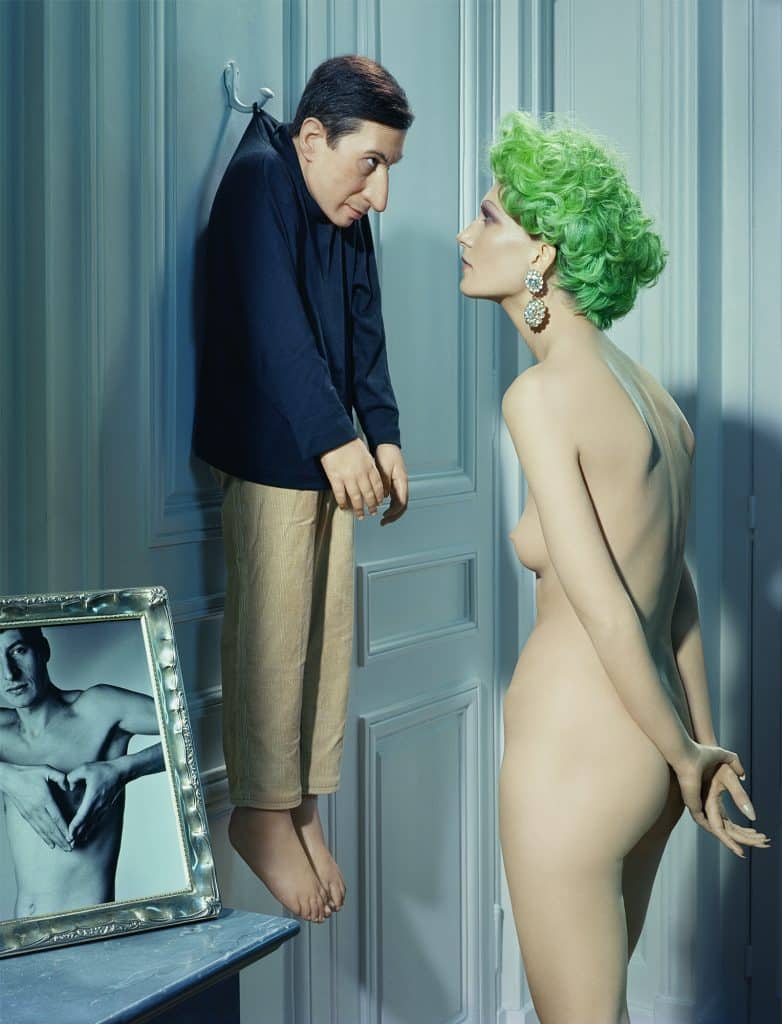
Drawn to writers, filmmakers, and painters with a strong vision like Alfred Hitchcock and Andy Warhol, Aldridge approaches the photograph as a conceptual work of art devised by a singular visionary who brings together a team of talented people to execute the vision. “Contemporary art is very different from the nineteenth century idea of the Romantic artist living in the garret with a box of oil paints and a canvas on his own,” Aldridge observes. “The contemporary artist is working with many people who are called upon to help with that process.”
Aldridge has applied this ethos to his portrait, fashion, editorial, and advertising work for clients including The New Yorker, Vogue Italia, Karl Lagerfeld, and Yves Saint Laurent, taking exquisite care not to draw an artificial line between the professional and the personal. “I always believed that the photographers’ work was their personal work like Helmut Newton, Richard Avedon, or Irving Penn. I always thought that the image I am making now will appear on a gallery or museum wall or in a book,” he says.
“I liked the idea of having a patron. It was more to do with the magazine supports the work and would give it an initial forum rather like the Catholic Church supporting Michelangelo, Leonardo da Vinci, and Caravaggio with commissions. The story of patronage of the arts, whether it’s the Catholic Church or Vogue, they go hand in hand.”
Timeless Tableaux of Modern Life
Over the past two decades, Aldridge has amassed an extraordinary archive of work, from which he has curated Virgin Mary. Supermarkets. Popcorn. Photographs 1999 to 2020, a selection of 64 works spanning his career that showcase his trademark cinematic style tableaux that are equal parts drama and glamour, with a light splash of comedy. “Because the show is a retrospective and there are certain themes that play through the work of the last 20 years, I thought a title that was the form of a list made sense in the style of Ed Ruscha. I started to scribble down what was in the show and these three resonate together,” he says.
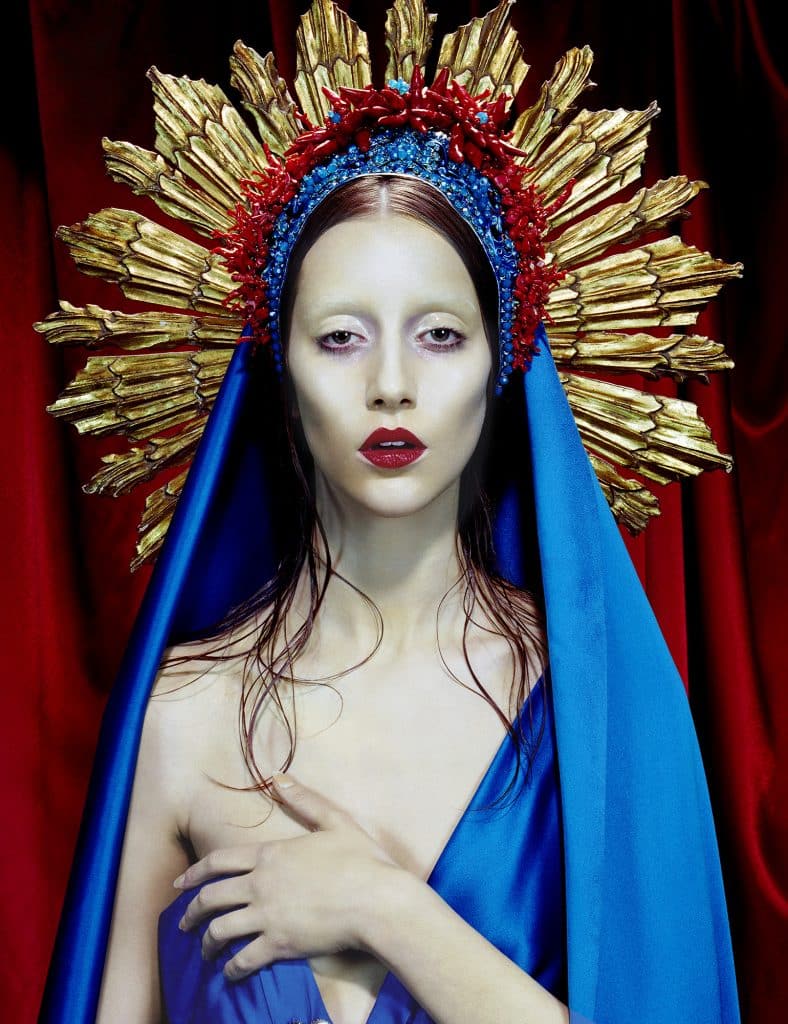
Taken together, the interplay between religion, consumerism, and spectacle are an apt metaphor for the cult of late capitalism at the dawn of the new millennium. Aldridge’s portraits of luminaries including Marina Abramović, Gilbert and George, Sophie Turner, Viola Davis, Michael Fassbender, Donatella Versace and David Lynch offer a wealth of insight into the intersections between glamour, power, representation and identity.
Aldridge carefully constructs every detail of the image long before he makes the picture, and in doing so restores photography to its glory as a medium for making monumental works of art. “Photography has an early history of not being so much about a moment but about stretching time in the same way painting does to make things eternal,” Aldridge says. “None of these pictures were taken in an instant. I think that comes across in the work. I don’t think any feel instantaneous. They are too stylized, controlled, and organized.”
Working exclusively on film, Aldridge enjoys the tension of not knowing if he has the picture until the prints come back from the lab. “Knowing if you have the picture destroys the intensity of the work,” he says. “Taking photographs is very different from looking at photographs. When you work digitally you have this back and forth between taking pictures and looking at pictures and it dilutes everything.”
By shooting on film, Alridge preserves the integrity and precision of his work, ensuring his exacting standards are met through the rigorous discipline he applies to every step of the creation of the photograph. When he steps up to the camera, the image reveals itself as he envisioned it: a timeless tableau of modern life that is both of the moment and transcendent.
By Miss Rosen
Miss Rosen is a New York-based writer focusing on art, photography, and culture. Her work has been published in books, magazines, including Time, Vogue, Aperture, and Vice, among others.
“Miles Aldridge: Virgin Mary. Supermarkets. Popcorn. Photographs 1999 to 2020”, on view through October 2021, Fotografsika New York, 281 Park Ave S, New York, NY 10010, TSA.

